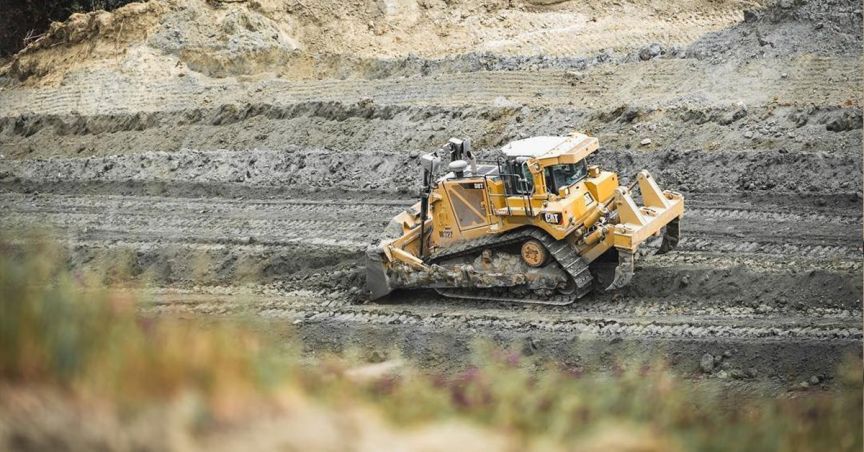The iron ore prices have been drifting down off late on the back of oversupply and a consequent fall in demand for the iron ore. Â The price has come down after a up move in iron ore prices post the Brazil Vail dam collapse.
This collapse in the iron ore prices has been attributed to the rising iron ore supply by the market leaders in the iron ore production globally. One of them is notably BHP Billiton. On the demand side of things, there has been a slowdown in the Chinese economic activity due to the rising trade tensions between the United stated and China.
Also, the cues around the probable temporary curbs on the industrial output in the Northern China, softening economic data such as PMI (Purchasing Managers Index) data as well as the rising inventories due to offloading by the miners has led to this fall in the recent past.
Also, there have been environmental issues which were highlighted by the Chinese Ministry of Ecology and Environment. These issues were highlighted citing the worsening smog and economic conditions in northern China. This has fuelled to various speculation that industrial production shall be curbed leading to a further fall in iron ore demands.
The sector has a lot of entry barriers as the business involves a lot of CAPEX to be done by the companies in terms of the rail lines and heavy machinery. The operating costs also depend upon the scale at which the company is undertaking the operations. In such scenarios, the established companies would be the one who would be able to show the needed resilience in these tough times. Hence the threat regarding a new entrant into the space is very bleak and the established companies can thus take advantage of this factor in the times to come as the business cycle witnesses a turnaround and consequently the demand for the iron ore surges in the times to come with more economic stability leading to higher economic activity going forward. The iron ore is such a mineral which is a quintessential need of a growing economy. Hence as the economies of BRICS continue to expand and the infrastructural needs in these countries become critical, the demand for such minerals are slated to rise.
BHPâs reaction to the falling iron ore prices:
These falling iron ore prices do not impact the BHP group per se, as the BHP group is a very diversified miner. The group is into the exploration of other industrial materials like copper, petroleum and coal. However, the steady fall in the metal would have some impact on the groupâs segmental performance as the commodity scenario unfolds in the ensuing times.
As regards results for the half year ended 31 December 2018, the Underlying EBITDA from the continuing operations came in at USD10.5 Bn, compared to USD 10.8 billion in the pcp.
On the segment wise break-up for 1HFY19: Iron ore segment contributed 41% of the groups EBITDA. Petroleum contributed 22% of the groups EBITDA, coal contributed 19% of the groups EBITDA and copper contributed 18% of the groups EBITDA.
This fall was on the back of higher costs (including production outages), inflation and other net movements offsetting the benefits derived from higher volumes at WAIO and Queensland Coal and favourable exchange rate movements.
Underlying EBITDA margin from the continuing operations came in at 52 per cent, compared to 55 per cent in the pcp.
The profit attributable to the shareholders were recorded at US$3.8 billion. This profit includes an exceptional gain of US$32 million (after-tax), compared to an attributable profit of US$2.0 billion in the pcp, which consisted of an extraordinary loss of US$2.0 billion (after tax). The December half year's exceptional gain is related to the reversal of provisions for global taxation which concluded in this period.
As regards the outlook, the Platts 62% Iron Ore Fines index performed well in the half year ended December 2018, driven by steady pig iron production and unexpected supply disruptions. In the short term, the supply picture remains skeptic following the tragedy in Brazil.
On the price-performance front, the stock has delivered a YTD return of 14.17%. The stock also delivered returns of 22.82%, 17.20% & 2.19% over the past six, three & one-month period respectively. At the time of writing (14 March 2019), the stock of the company is trading at a price of $37.160, up 0.787% during the dayâs trade with a market capitalisation of ~$ 108.61 Bn. The stock opened the day at A$ 37.220, touched dayâs high of $ 37.390 and touched the dayâs low of $ 37.040, with an intra-day volume of ~ 5,946,678. It had a 52-week high price of $ 38.200 and a 52 weeks low price of $ 26.971, with an average volume of ~9,961,122.
Disclaimer
This website is a service of Kalkine Media Pty. Ltd. A.C.N. 629 651 672. The website has been prepared for informational purposes only and is not intended to be used as a complete source of information on any particular company. Kalkine Media does not in any way endorse or recommend individuals, products or services that may be discussed on this site. Our publications are NOT a solicitation or recommendation to buy, sell or hold. We are neither licensed nor qualified to provide investment advice.



